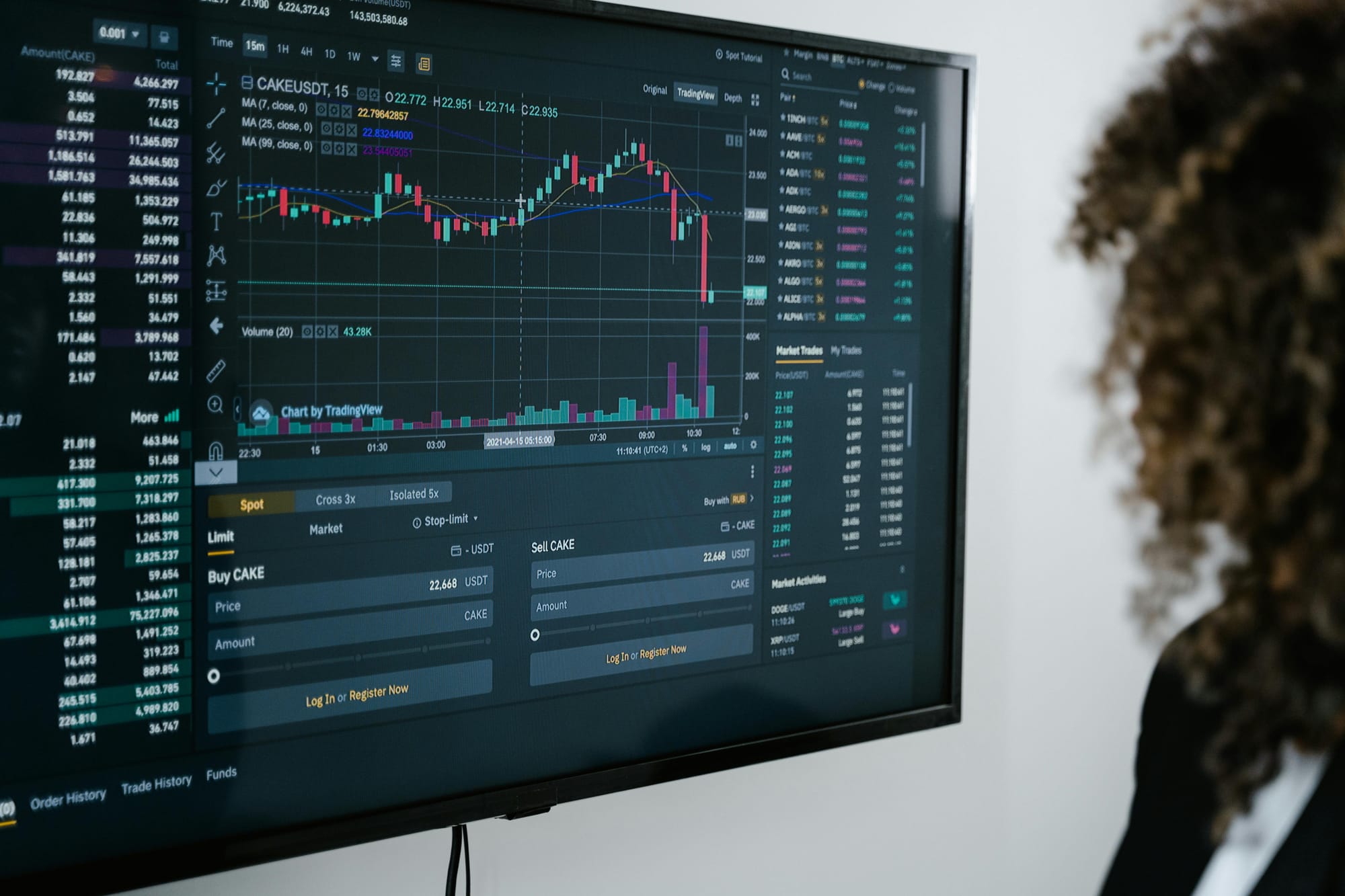US financial markets react as S&P 500 record run pauses

S&P 500: Understanding Its Record Run and Recent Pause
The S&P 500, a key benchmark in the US financial markets, recently reached all-time highs, capturing the attention of investors worldwide. This record-breaking run tells a story of a thriving stock market, yet now, there's a noticeable pause. This moment marks a pivotal shift, not only for US financial markets but also for global economics. At the heart of this shift are bonds—specifically, fluctuating bond prices and yield rates, which are causing ripples across the market. This whiplash in the bond market is reshaping investor behavior, signaling broader implications for the US economy, investor sentiment, and overall market trends.
Analyzing Bond Prices and Yields in Market Movements
Bond prices play a crucial role in shaping the financial landscape. Put simply, bond prices and bond yields have an inverse relationship. When bond prices rise, yields fall and vice versa. Recently, shifts in these dynamics have become more pronounced. As bond yield rates increase, they begin to overshadow potential returns from stocks, prompting investors to reevaluate their positions in the stock market.
- These shifts often push investors towards safer, bond-related investments.
- Rising yields typically result in higher borrowing costs, affecting corporate profitability.
- Changes in bond yields offer insights into future economic conditions through inflation expectations.
Fluctuations in bond prices don't just affect stock market valuations; they deeply influence investor behavior and sentiment. For instance, higher bond yields might signal economic confidence, encouraging a cautious approach from investors seeking to hedge against potential losses. Understanding these dynamics offers crucial financial insights and serves as a vital economic indicator.
Examining Investor Behavior Amidst Economic Indicators

Investor behavior is a mirror reflecting various economic indicators. The current landscape shows that these indicators are shaping investment strategies profoundly. Key economic metrics such as employment rates, inflation, and GDP growth are integral in determining investor sentiment.
- Positive economic data boosts confidence, often leading to increased trading.
- Conversely, poor economic indicators can spark fear, driving caution in investment decisions.
- The intricate dance of market volatility and sentiment influences trading behavior extensively.
In volatile times, market trends reveal that investors tend to seek refuge in safer assets, leading to lower trading volumes in riskier stocks. Analyzing trading trends amidst these economic shifts can provide valuable insights for anticipating future market movements.
Comprehensive Market Analysis: Projections for US Stocks

As we stand at the crossroads of a temporary market pause, it's crucial to delve deeply into stock market performance. Currently, the stock index reveals the intricate dance between economic concerns and growth potential. Market performance indicators suggest varying trajectories, with some stocks showing resilience while others falter under pressure.
- Key indicators such as P/E ratios and earnings reports are driving stock valuations.
- Financial insights point to potential growth opportunities despite current market stagnation.
- Financial trends can help predict where the market might head in the coming months.
Looking ahead, the economic outlook for US stocks suggests a mixed bag. While some predict continued resilience and growth, uncertainty looms large due to fluctuating financial trends. A comprehensive market wrap reveals a nuanced view, providing a holistic understanding of the US financial markets and their trajectory.
Conclusion
Navigating through these uncertain financial times requires a keen eye on significant market forces, notably the S&P 500 and the broader US financial markets. This pause in the S&P 500's record journey offers a moment to rethink investment strategies amid market volatility. As the future landscape unfolds, understanding the dynamics of bonds, investor behavior, and economic indicators becomes more critical than ever. By preparing for uncertainties, equities investors can chart sustainable paths forward. Ultimately, the road to economic recovery and stability appears to be shaped by successfully navigating these ongoing market pauses.




